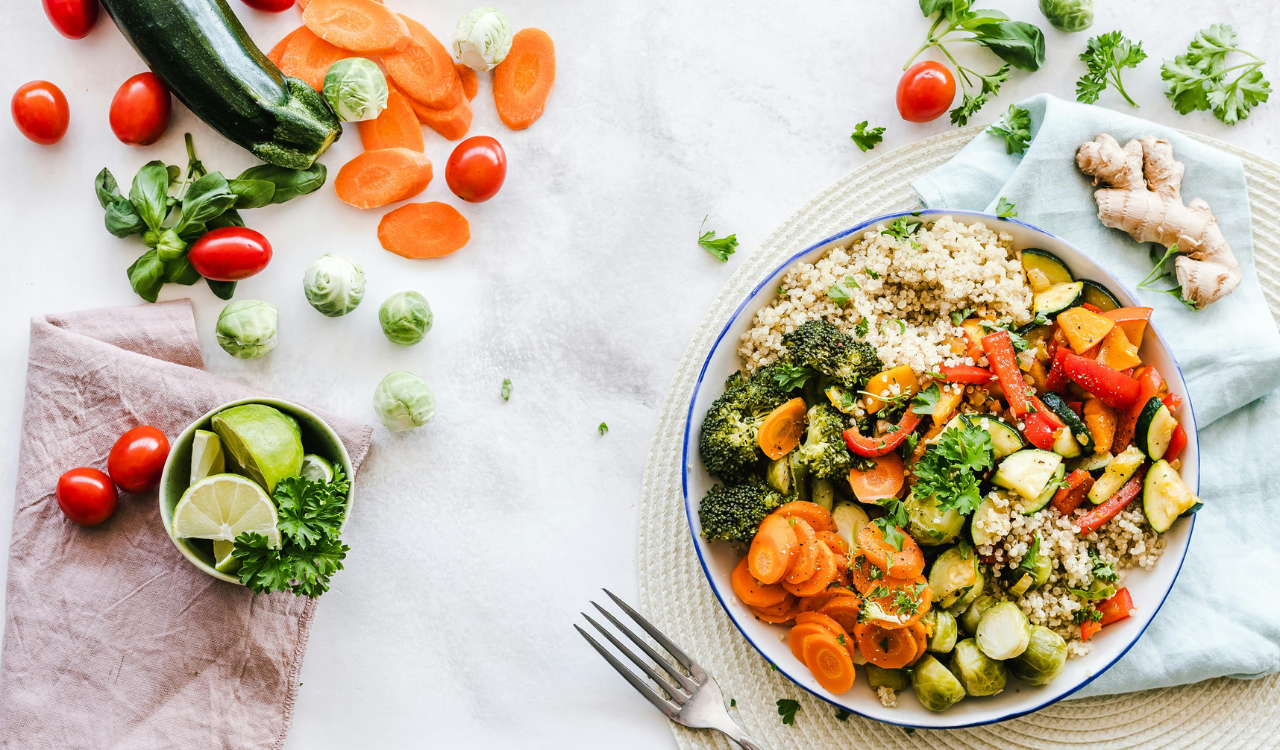9 Pantry Staples Chefs Use To Amp Up Simple Meals
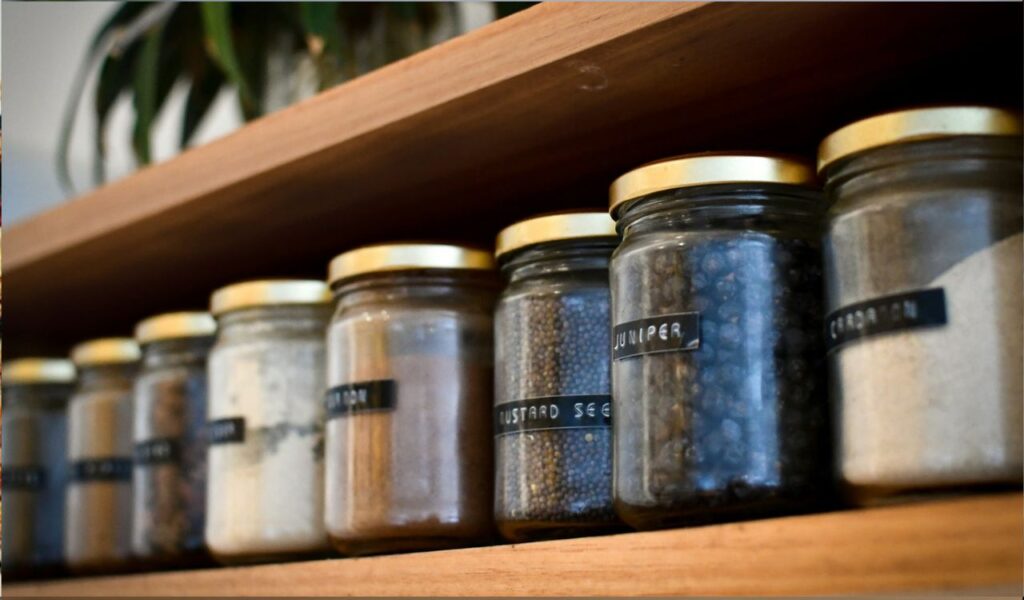
Even the easiest, most straightforward meals can go from good to unforgettable with a few chef-tricks hiding in your pantry. The right staples don’t just add flavour, they bring balance, texture, depth, and sometimes even a touch of magic. These aren’t exotic items, but things most home cooks can source easily. Keep them stocked, learn how to use them, and suddenly “plain dinner” becomes something you look forward to. Here are nine pantry staples chefs swear by, and how they elevate simple cooking.
1. Quality Olive Oil

Extra-virgin olive oil isn’t just a cooking medium , it’s a flavour enhancer. A drizzle over roasted vegetables, a splash into a tomato sauce, or just finishing a soup or salad with it adds fruity, peppery notes that baking or frying oils can’t replicate. Chefs often reserve their best olive oil for finishing touches because heat can mute its complexity. For everyday use, go for a milder version; for dressings or finishing, choose something with character.
2. Garlic & Onion (Powder or Flakes)
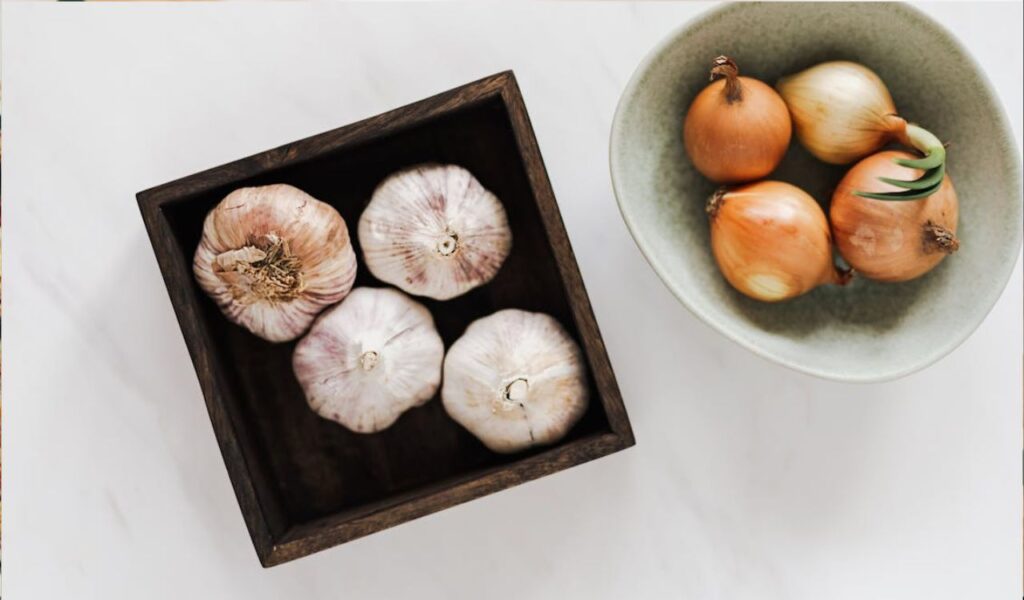
Garlic and onion powders or flakes are pantry lifesavers when fresh chopping isn’t practical. Their concentrated taste quickly forms the backbone of rubs, sauces, soups, and dressings. A small sprinkle gives beans, grains, or roasted vegetables an instant boost of warmth and depth. Because they dissolve and distribute evenly, dried versions build flavour layers fast. They’re the shortcut chefs reach for when cooking needs boldness without fuss.
3. Vinegars & Acidic Agents

Acidity is the unsung hero of balanced cooking. A splash of vinegar or squeeze of lemon brightens flavours, cuts heaviness, and sharpens bland dishes. Apple cider vinegar, rice wine vinegar, or citrus are chef favourites for finishing sauces, soups, and braises. Even a quick drizzle over greens or grains gives vibrancy. These small acidic touches don’t dominate but instead make every ingredient taste fresher and more focused. Chefs often use them as “flavour reset” when something feels flat.
4. Canned Tomatoes or Tomato Paste
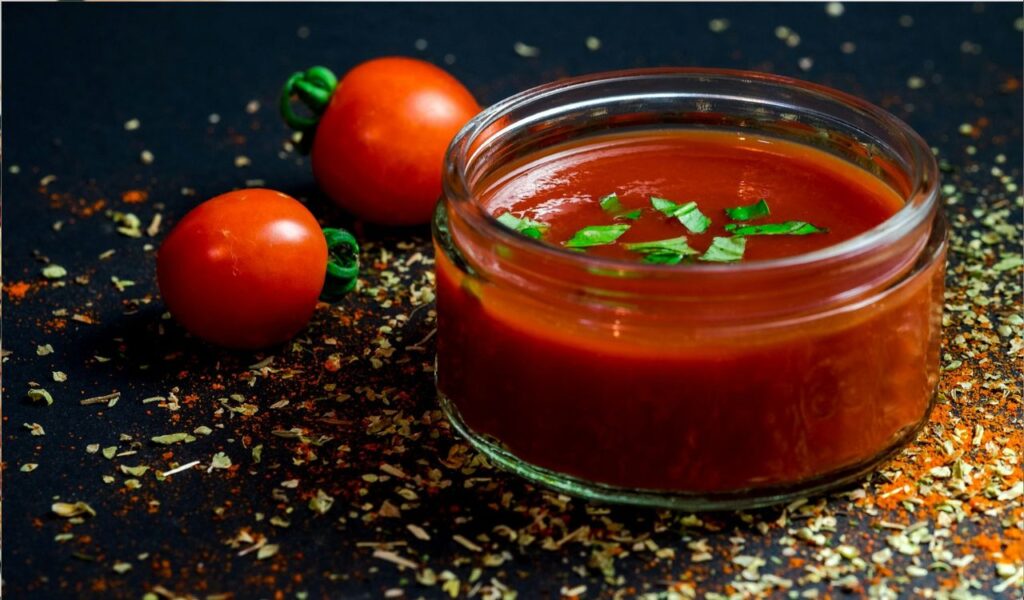
Tomatoes in cans or paste form are reliable flavour powerhouses. Paste becomes sweeter and richer when caramelised, while whole or crushed tomatoes add body to sauces, stews, and braises. They’re especially useful when fresh tomatoes aren’t in season. A spoonful of paste or a splash of canned tomatoes instantly turns watery dishes into hearty, comforting meals. For chefs, they’re a non-negotiable base that keeps flavours bold.
5. Dry or Canned Beans / Legumes
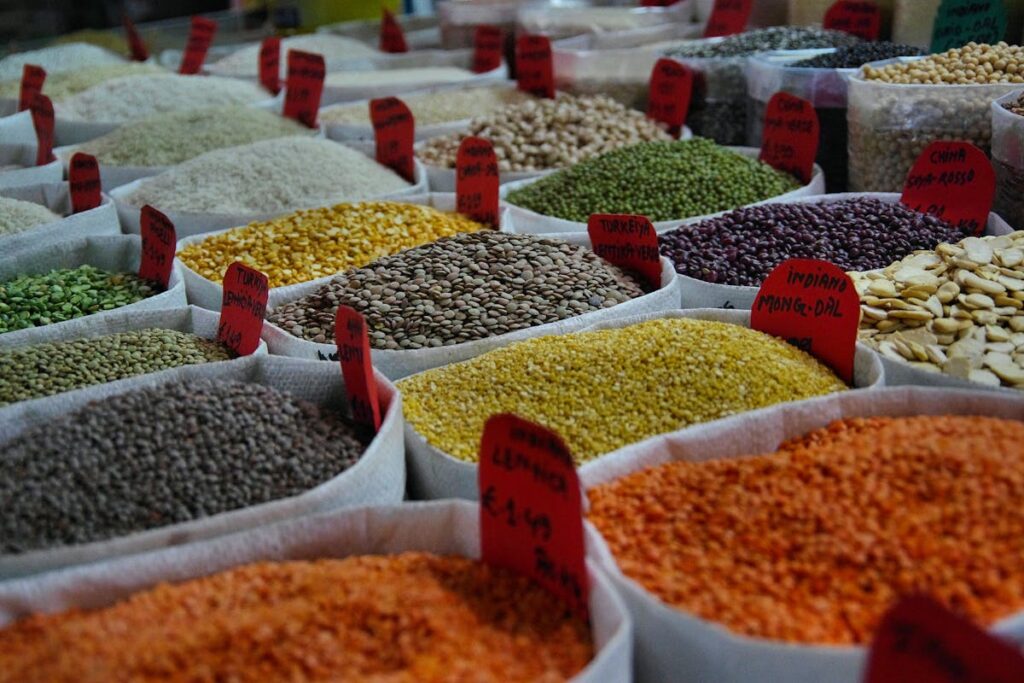
Beans, chickpeas, and lentils are affordable, filling, and endlessly adaptable. Canned versions are quick to use, while dried beans offer better texture when soaked and cooked. Their mild flavour makes them the perfect sponge for spices, herbs, or sauces. Whether blended into dips, tossed into salads, or simmered in stews, they provide protein, fibre, and bulk. With spices, herbs, and acidic finishing touches, beans become far more than filler; they bring substance and satisfaction to simple cooking.
6. Spices / Dried Herbs
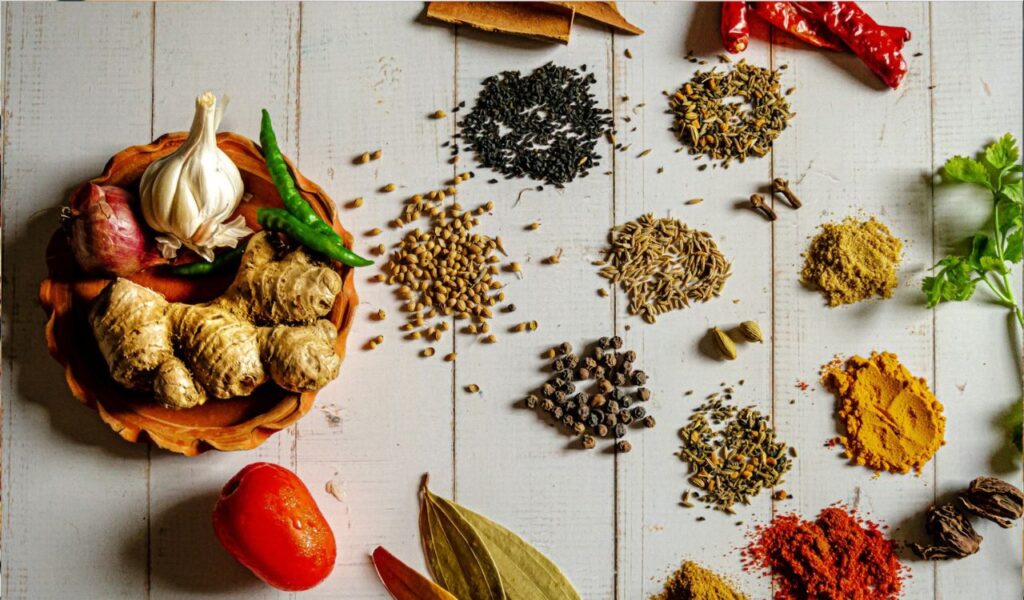
Spices and herbs are the foundation of flavour. A modest selection : cumin, paprika, chili flakes, turmeric, oregano, or thyme , allows you to pivot between cuisines with ease. Used at the start of cooking, they bloom and perfume the dish; sprinkled at the end, they add brightness and complexity. They create warmth, smokiness, or zest that makes simple meals taste crafted and complete. Even if your ingredient list is short, the right combination of spices can change cuisine style: Mexican, Indian, Mediterranean, etc.
7. Soy Sauce & Umami Boosters
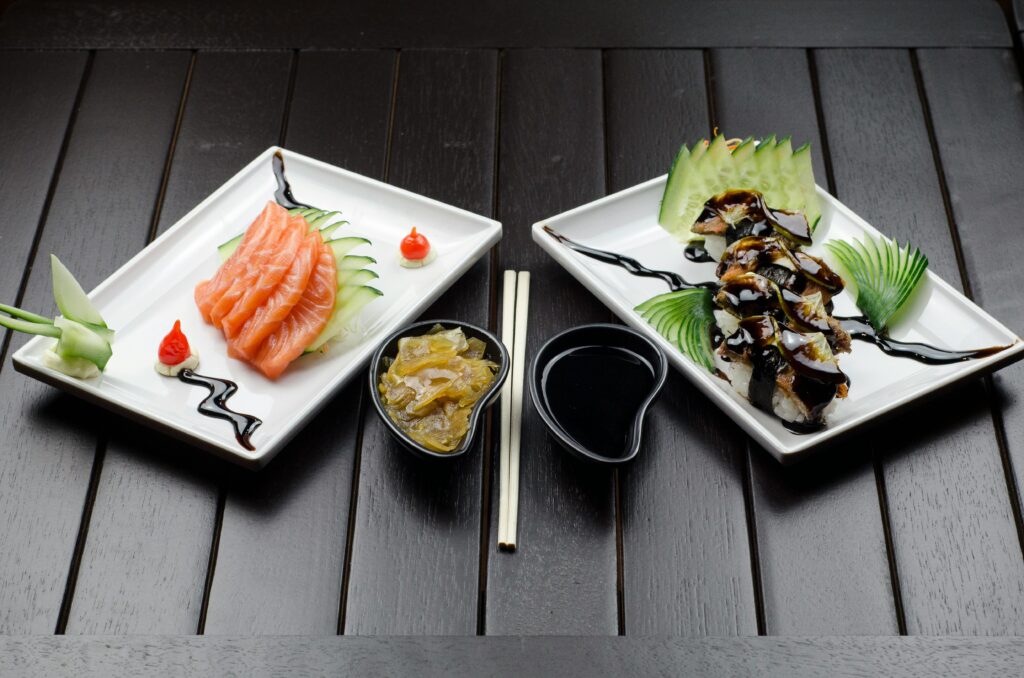
Soy sauce, miso, and fish sauce are concentrated sources of umami , that savoury depth chefs rely on. Just a dash in stir-fries, soups, or even roasted vegetables makes dishes taste fuller and more satisfying. Their salty, earthy character enhances without overpowering when used sparingly. These flavour enhancers work like bass notes in music, grounding meals with richness and turning straightforward cooking into something memorable.
8. Stock or Broth (Powder / Cubes / Liquid)

Stock is the backbone of countless dishes. Whether homemade, boxed, or from cubes and powders, it transforms water-based cooking into something hearty. Use it to simmer grains, enrich soups, or form sauces, and you’ll notice instant depth. Vegetable, chicken, or beef stock layers in complexity without effort. For chefs, swapping water for stock is a simple trick that elevates even the humblest one-pot meal to restaurant level.
9. Sweeteners & Balancers (Honey, Sugar, Mirin)

Sweeteners are more than dessert staples , they balance and refine savoury cooking. A spoon of sugar in tomato sauce softens acidity, while honey or mirin rounds off sharp flavours in stir-fries, glazes, or dressings. Sweetness enhances caramelisation and gives sauces complexity. Chefs use it sparingly, not to make dishes taste sugary but to ensure harmony. They often say dishes “need something sweet” to finish well. With just a drizzle, sharp or bitter edges turn smooth and appealing.


